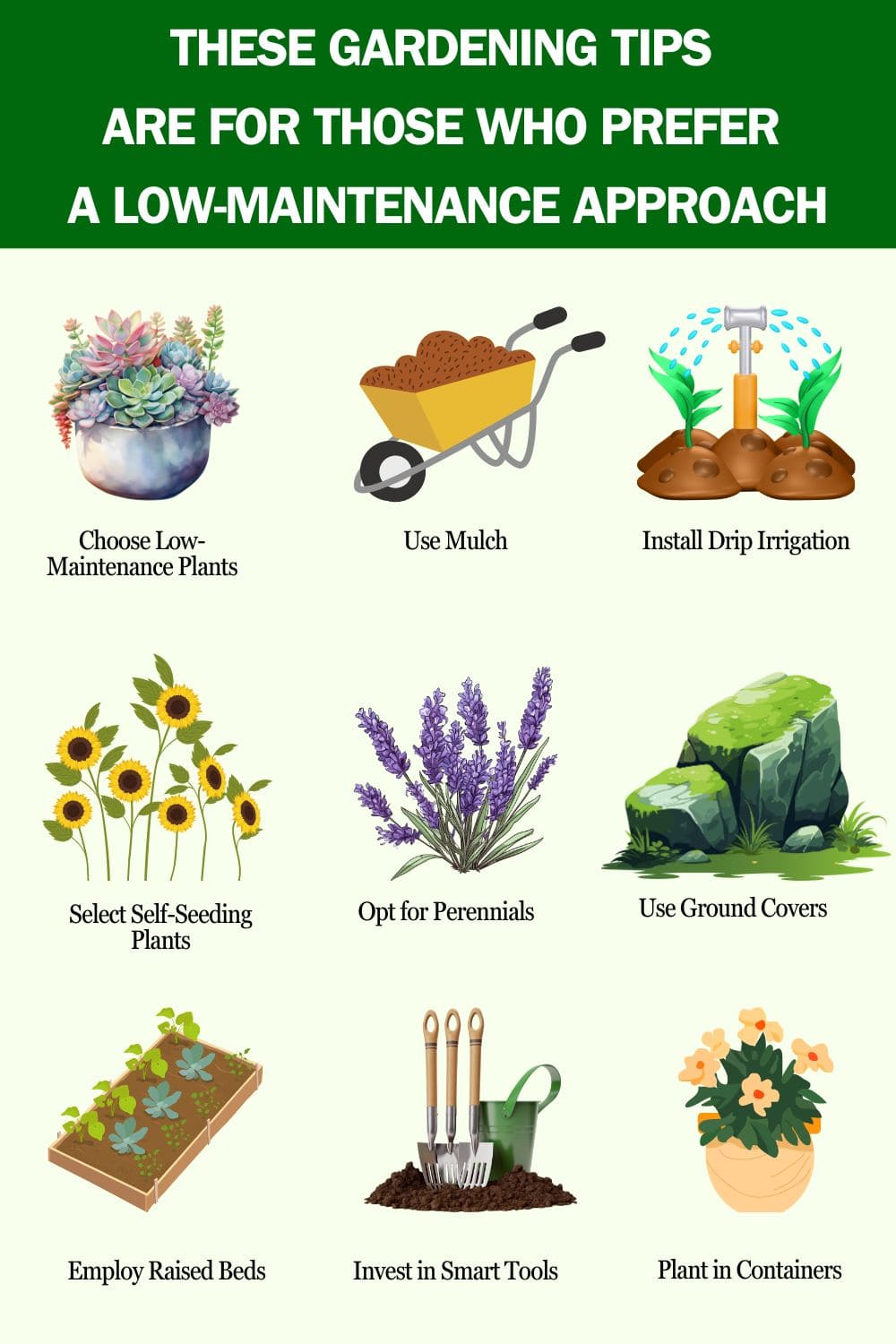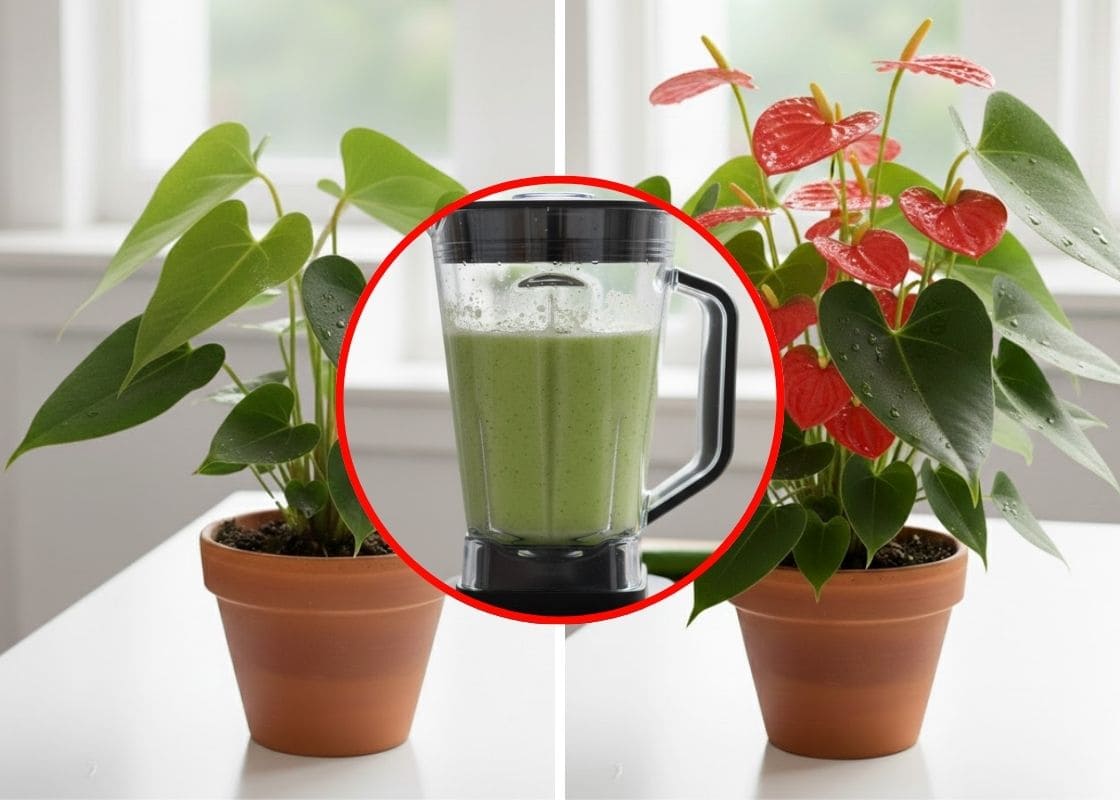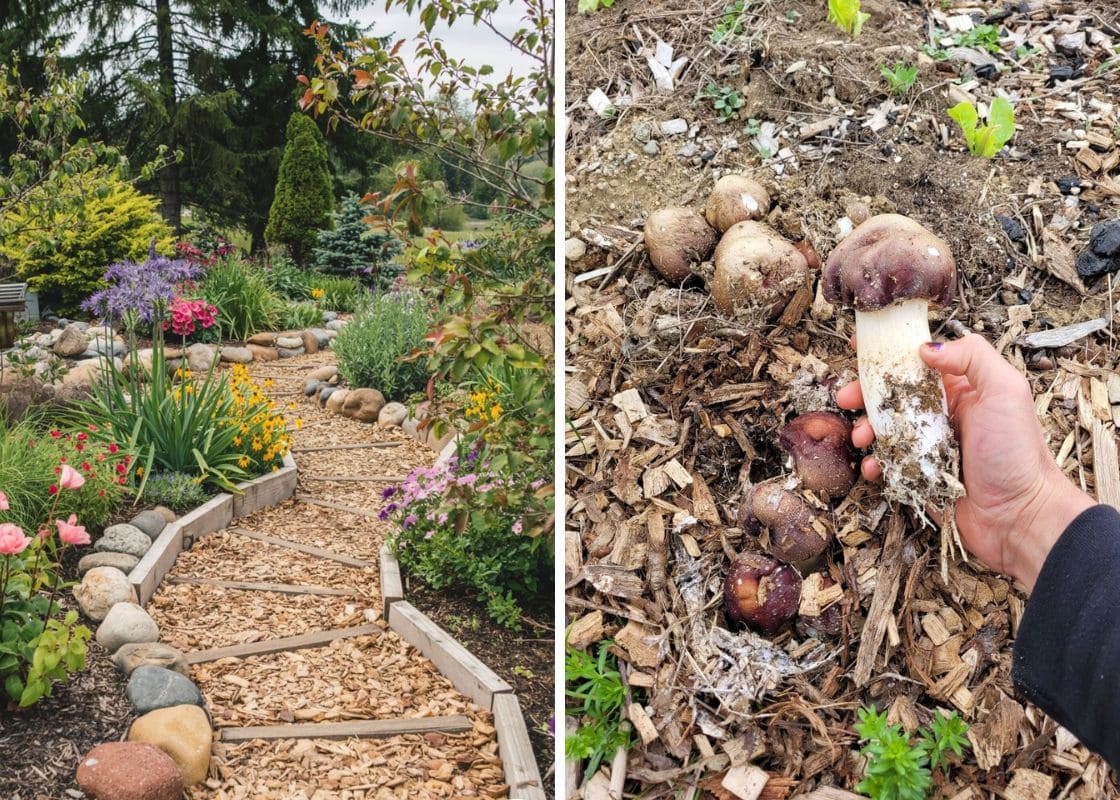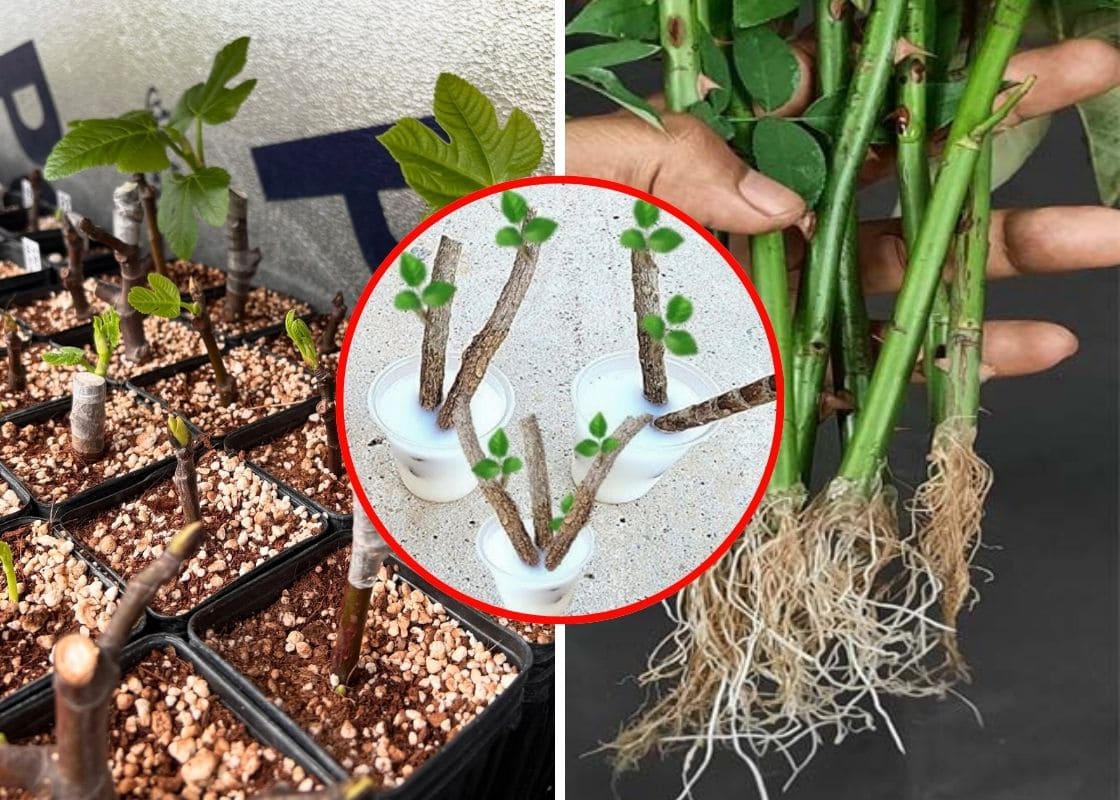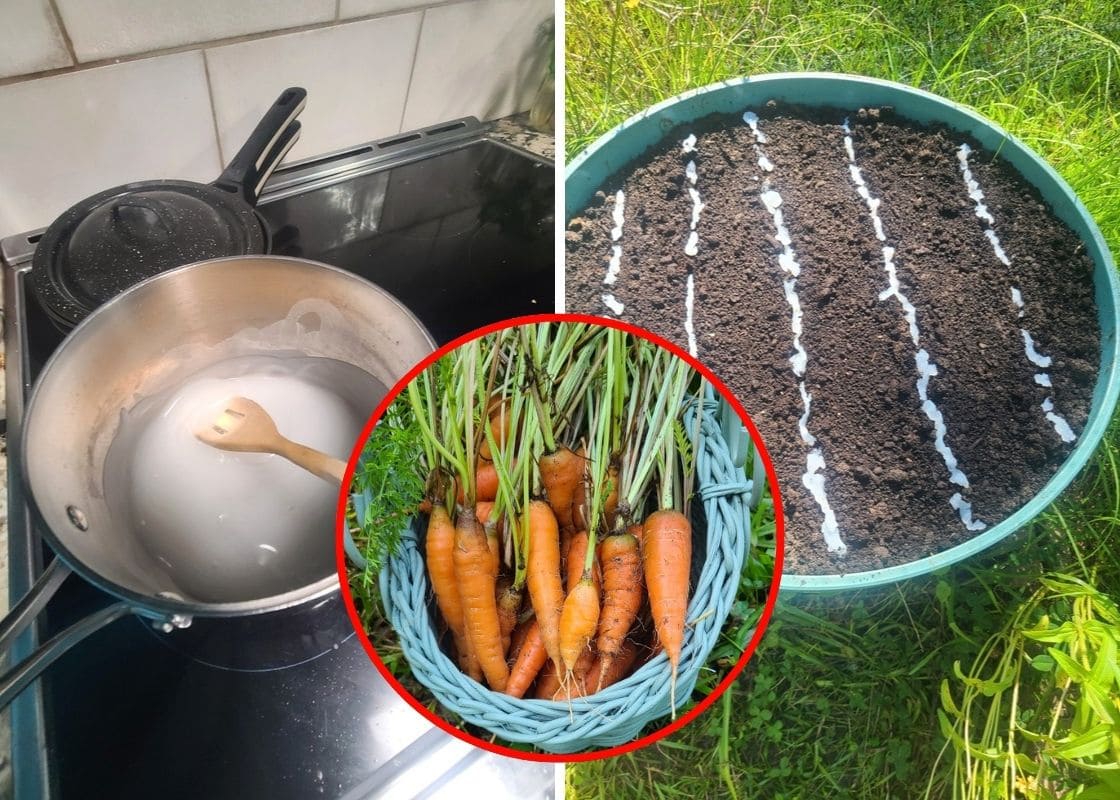Gardening can be a labor-intensive task, often requiring frequent watering, weeding, and tending to plants.
For those who love the idea of a lush garden but want to avoid the constant upkeep, finding efficient solutions is key.
By adopting a low-maintenance approach, you can enjoy a thriving garden without the usual hassle.
#1. Choose Low-Maintenance Plants
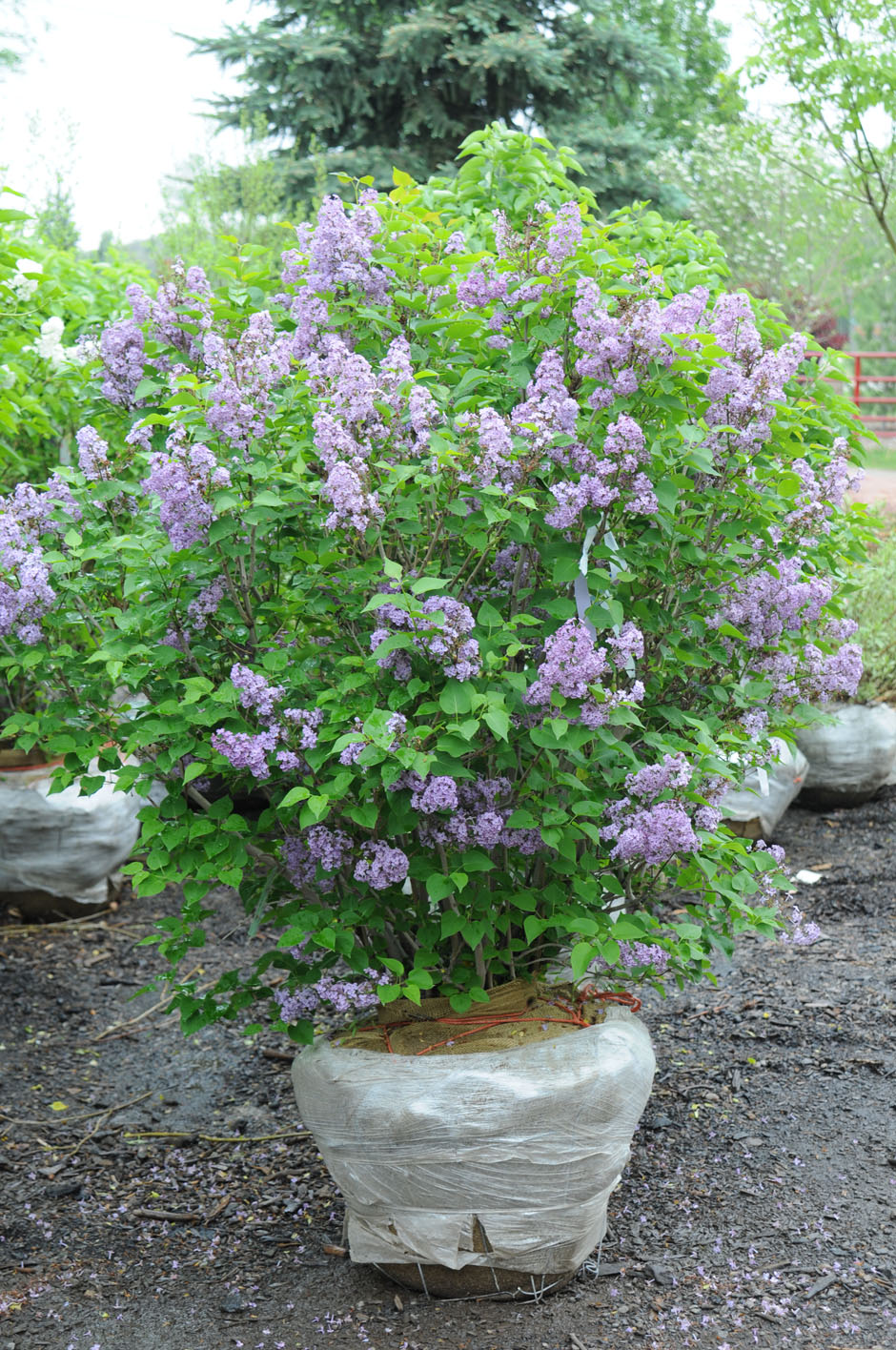
For cooler climates, I love flowering shrubs like bluebeard, Spirea, and lilac. They bring dependable color and structure to your garden with almost zero maintenance.
If you’re in a warmer climate, you can’t go wrong with crape myrtle or Indian hawthorn. These plants are tough and can handle the heat.
#2. Use Mulch
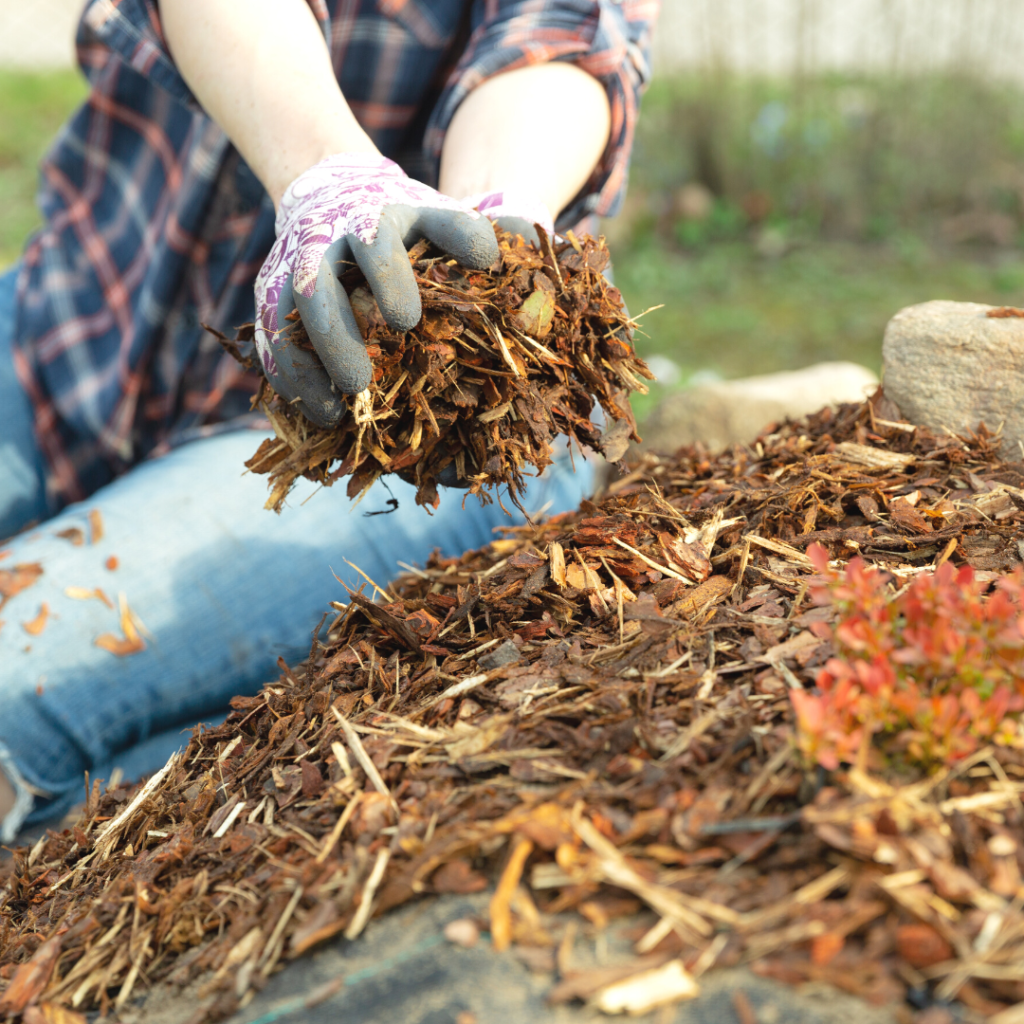
First off, mulch keeps the soil moist by reducing evaporation. This means you won’t have to water your plants as often, which is a huge time-saver.
Another fantastic thing about mulch is that it suppresses weeds. We all know how annoying it is to spend hours pulling out weeds.
I usually go for organic mulches like compost or well-rotted manure.
Just remember, the deeper the mulch, the better it works. I usually aim for about 4 to 6 inches.
#3. Install Drip Irrigation
This system delivers water directly to the roots of your plants, which means less water waste and happier plants.
Plus, it saves you from the daily chore of dragging around a hose or watering can.
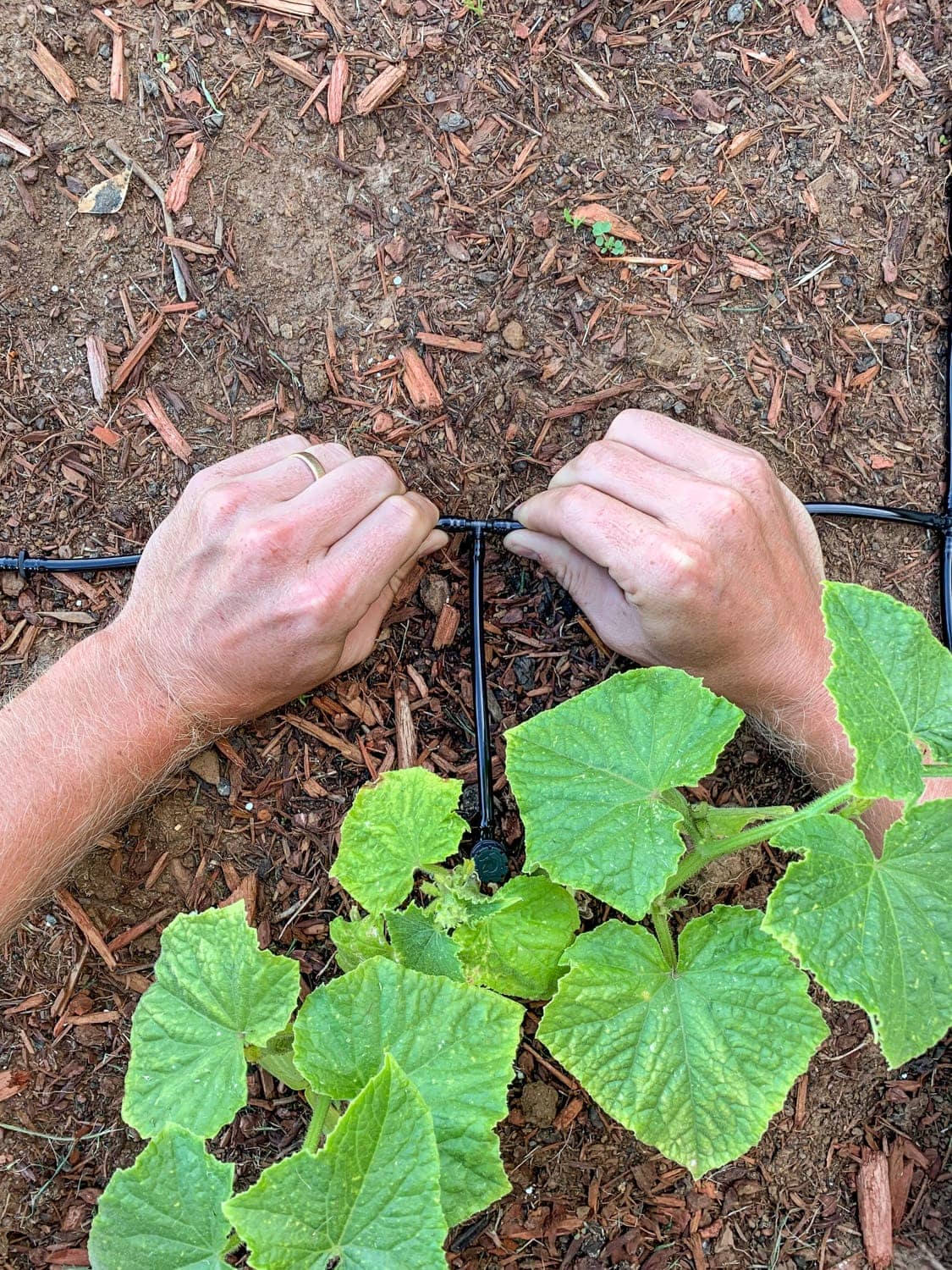
Drip irrigation systems are super easy to set up. You can find kits at most garden centers, and they usually come with everything you need.
Just lay the tubing around your plants, attach the emitters, and connect it to your water source.
Some systems even come with timers, so you can set it and forget it.
#4. Select Self-Seeding Plants
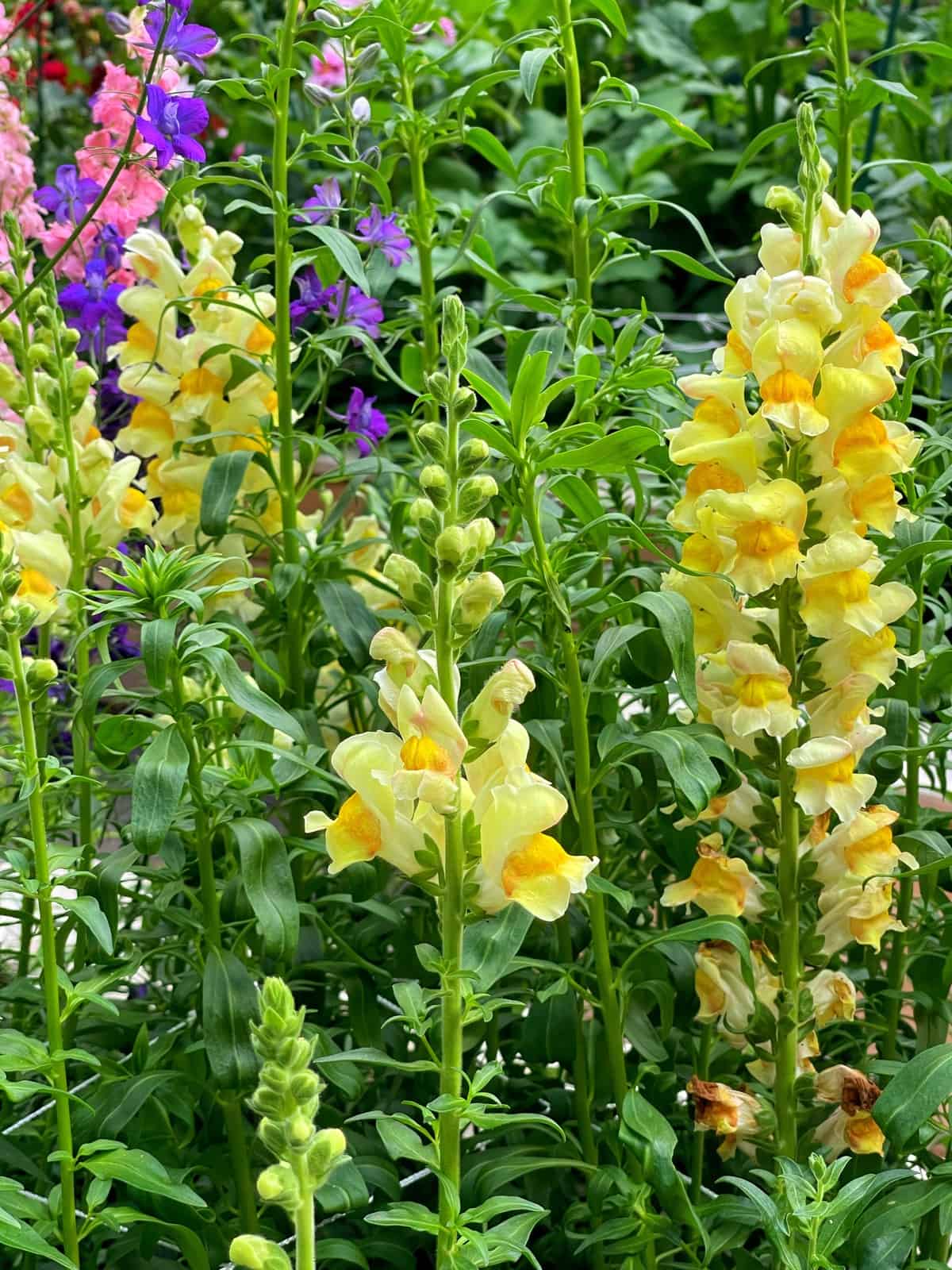
Self-seeding plants drop their seeds at the end of their growing season, and those seeds sprout into new plants the following year.
Plus, they often fill in gaps in your garden, making it look fuller and more vibrant.
Some popular self-seeders include poppies, marigolds, and cosmos.
These plants not only add beauty to your garden but also attract beneficial insects like bees and butterflies.
#5. Opt for Perennials
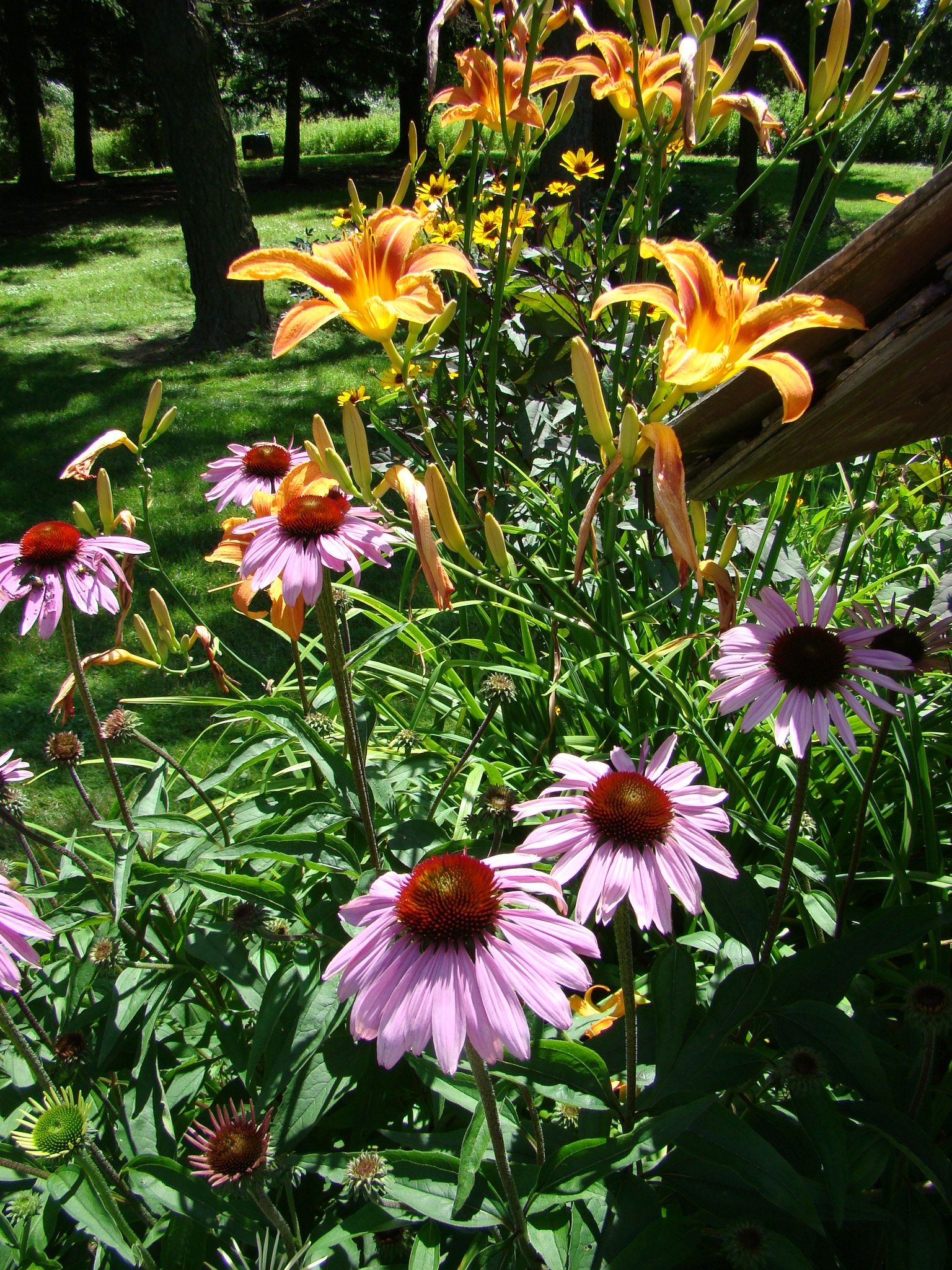
These plants come back year after year, so you don’t have to replant them every season.
Plus, they often get bigger and better with time, giving your garden a mature, lush look without much effort on your part.
Perennials are also pretty tough cookies. Many of them are drought-resistant, pest-resistant, and can handle a variety of soil conditions.
For example, plants like daylilies, coneflowers, and hostas are known for their hardiness and low-maintenance needs.
#6. Use Ground Covers

Ground covers spread out and create a lush carpet that not only looks amazing but also helps keep the weeds at bay.
One of my favorite ground covers is creeping thyme. It’s super low-maintenance, smells fantastic, and even produces tiny flowers that attract bees.
Another great option is sedum, which is tough as nails and can thrive in poor soil conditions.
And let’s not forget about clover – it’s not just for lawns! Clover can fix nitrogen in the soil, making it healthier for other plants.
#7. Employ Raised Beds
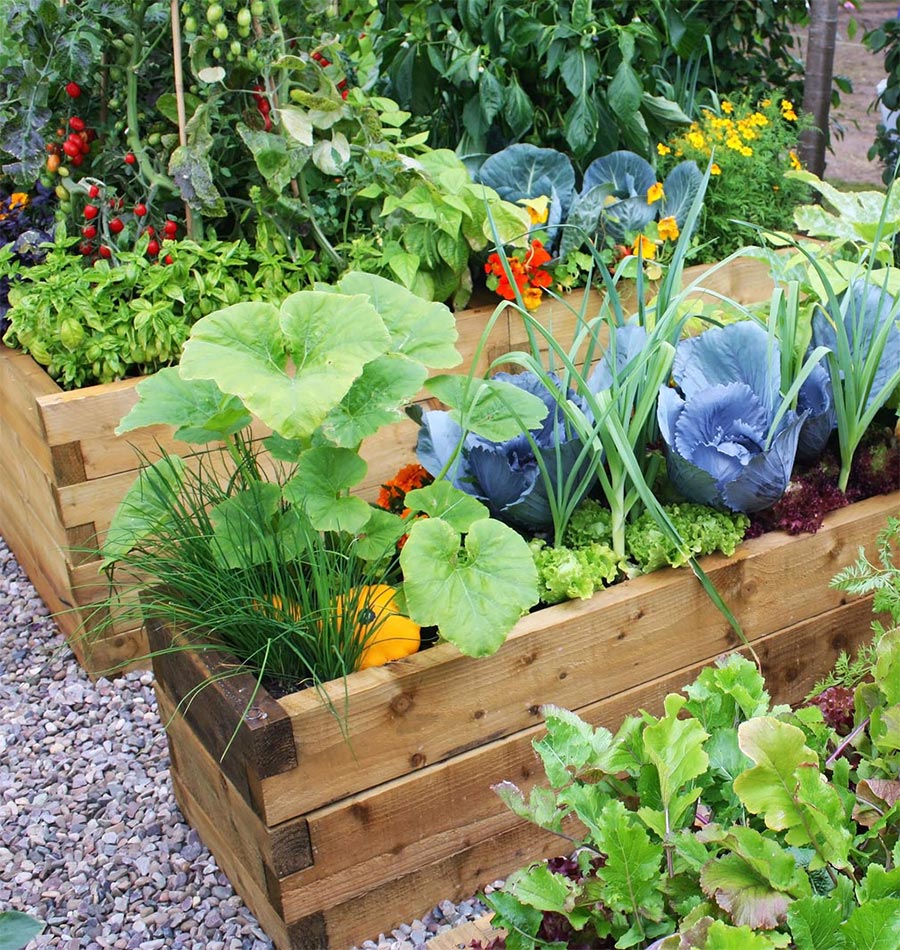
Raised beds reduce the need for constant weeding. Since you’re not dealing with a large plot of land, you can focus on just the bed itself.
They also allow for better soil control. You can fill them with the perfect mix of soil, compost, and other nutrients.
Specially, they can be used for square foot gardening. This method involves dividing the bed into small, manageable sections, each dedicated to a different plant.
#8. Invest in Smart Tools
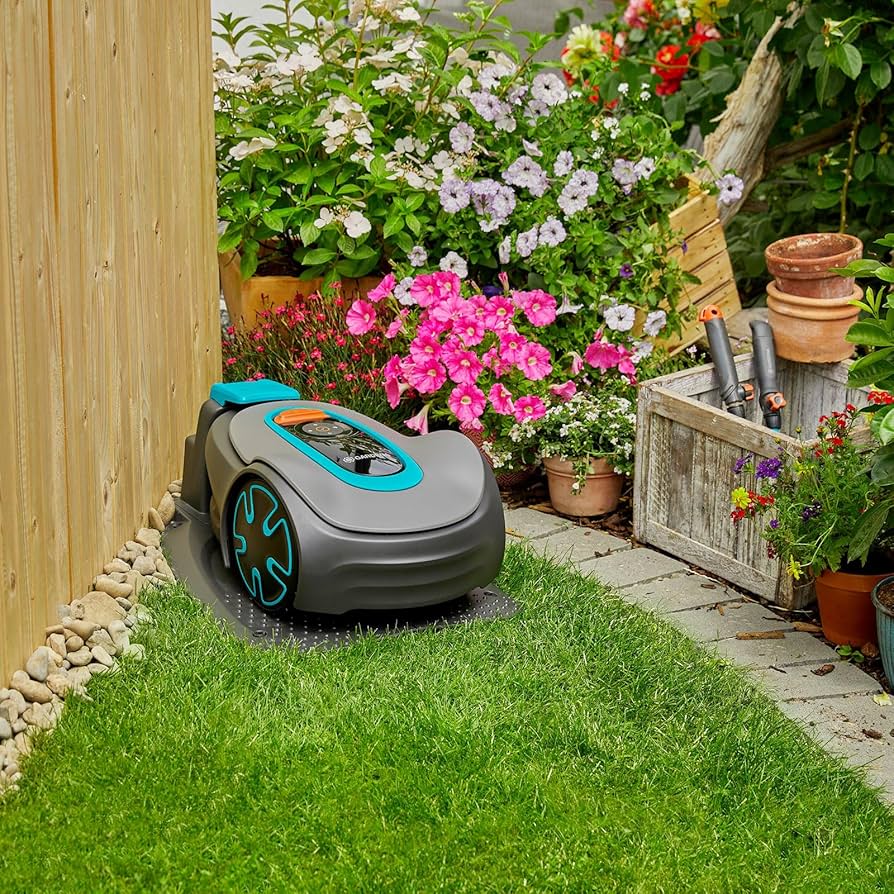
You can consider robotic lawn mower. These little machines can keep your lawn looking neat and tidy without you having to spend hours pushing a mower around.
If you’re into tech, you might also use a smart garden monitor.
These devices can track the health of your plants, monitoring things like soil moisture, light levels, and temperature.
#9. Practice Lazy Composting

You don’t need a fancy compost bin.
A simple pile in a corner of your yard will do just fine. Just toss in your kitchen scraps like fruit peels, coffee grounds, and eggshells, along with yard waste like grass clippings and leaves.
Nature will take care of the rest.
#10. Plant in Containers
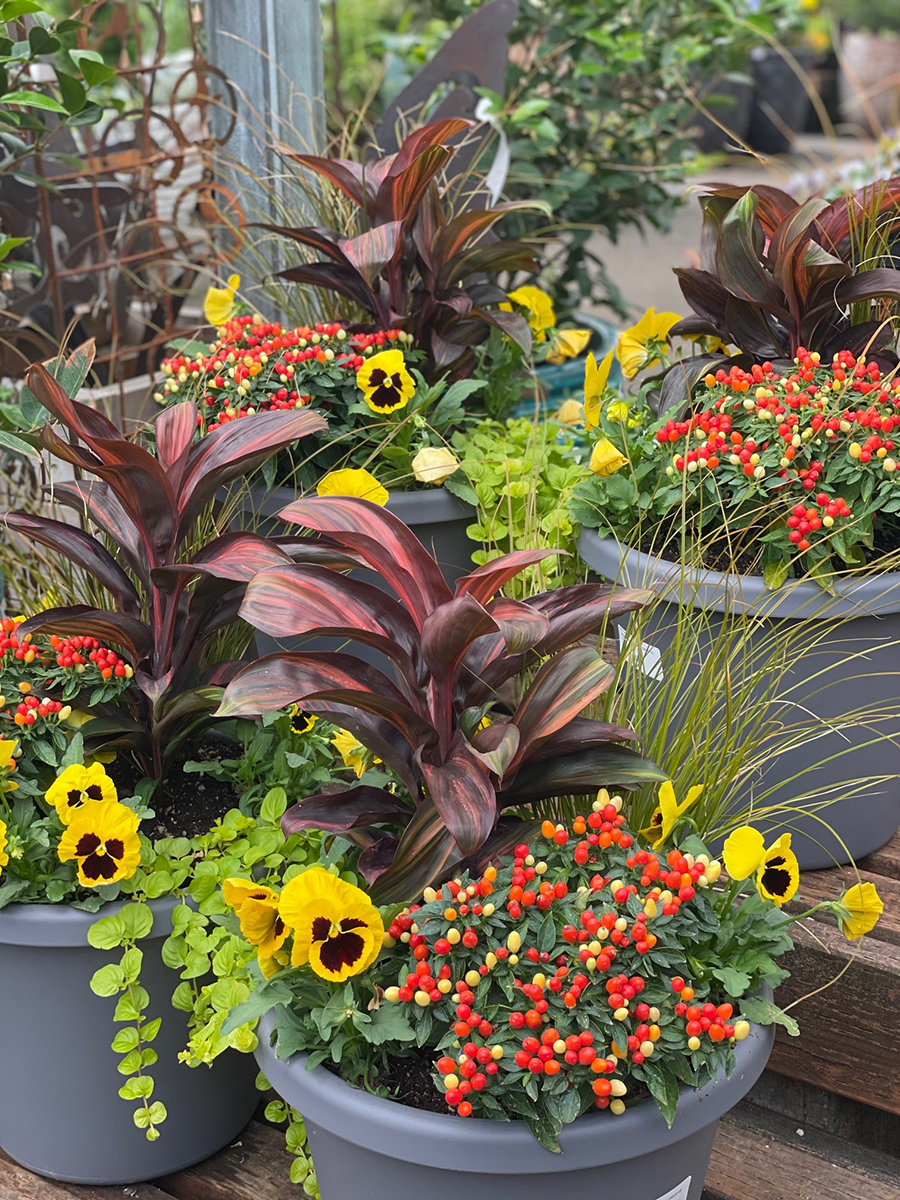
With containers you can move your plants around to catch the best sunlight. Plus, if you have limited space, containers are your best friends.
And hey, if you’re like me and love to change things up, containers let you experiment without a long-term commitment.
You can try out different plants each season, or even swap out your entire garden setup if you feel like it.
